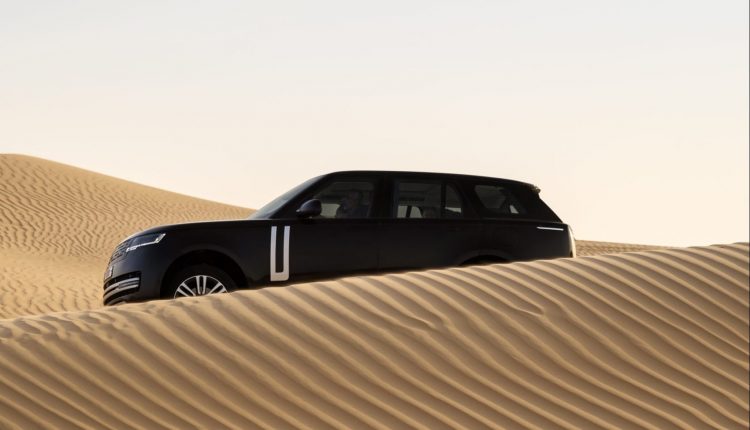Carmaker Jaguar Land Rover is reporting record third quarter revenues of £7.5bn but a fall in year-on-year profits. Tony McDonough reports

Automotive giant Jaguar Land Rover (JLR) delivered what it called a “robust performance” in the three months to December 31, 2024 – the third quarter of its fiscal year.
JLR is reporting record revenues for the quarter of £7.5bn, 2% higher than the same quarter in 2023 and 16% up on the previous quarter. Revenues for the financial year so far stand at £21.2bn, broadly flat year-on-year.
Pre-tax profits of £523m for October, November and December were £523m. This is down from £627m a year ago. However, pre-tax profits for the year to date came in at £1.6bn, up 7% on the previous year and the best year to date Q3 figure in a decade.
In late September the automaker announced a £500m investment into its factory in Halewood in Merseyside. This will push Halewood, which employs around 3,500 people, further towards the goal of becoming the company’s first all-electric vehicle plant.
As part of the changes to the way the factory works, JLR will move from working on two shifts per day to just one shift. Earlier in January some workers claimed this change would cost them up to £400 a month in wages.
Although the level of basic salaries will not change, employees say they will lose the shift premiums they are paid when working on later, unsociable shifts.
Speaking about the latest results, JLR chief executive Adrian Mardell said: “JLR has delivered a robust performance in the third quarter of our financial year, and reached further milestones in our Reimagine strategy.
“Thanks to our people and partners, we achieved record Q3 revenue and our best EBIT margin in a decade, and our electrification plans are progressing.”
READ MORE: Will Heathrow 3rd runway benefit Liverpool city region?
JLR said the increase in profitability year‑on‑year reflects higher volumes, improved mix and a reduction in depreciation and amortisation driven by Castle Bromwich production cessation and ICE end of life extensions.
This was partially offset by an increase in VME, warranty costs and unfavourable FX revaluation. Free cash flow for the quarter was £157m. At the end of the quarter, the cash balance was £3.5bn and net debt was £1.1bn. Total liquidity was £5.1bn

